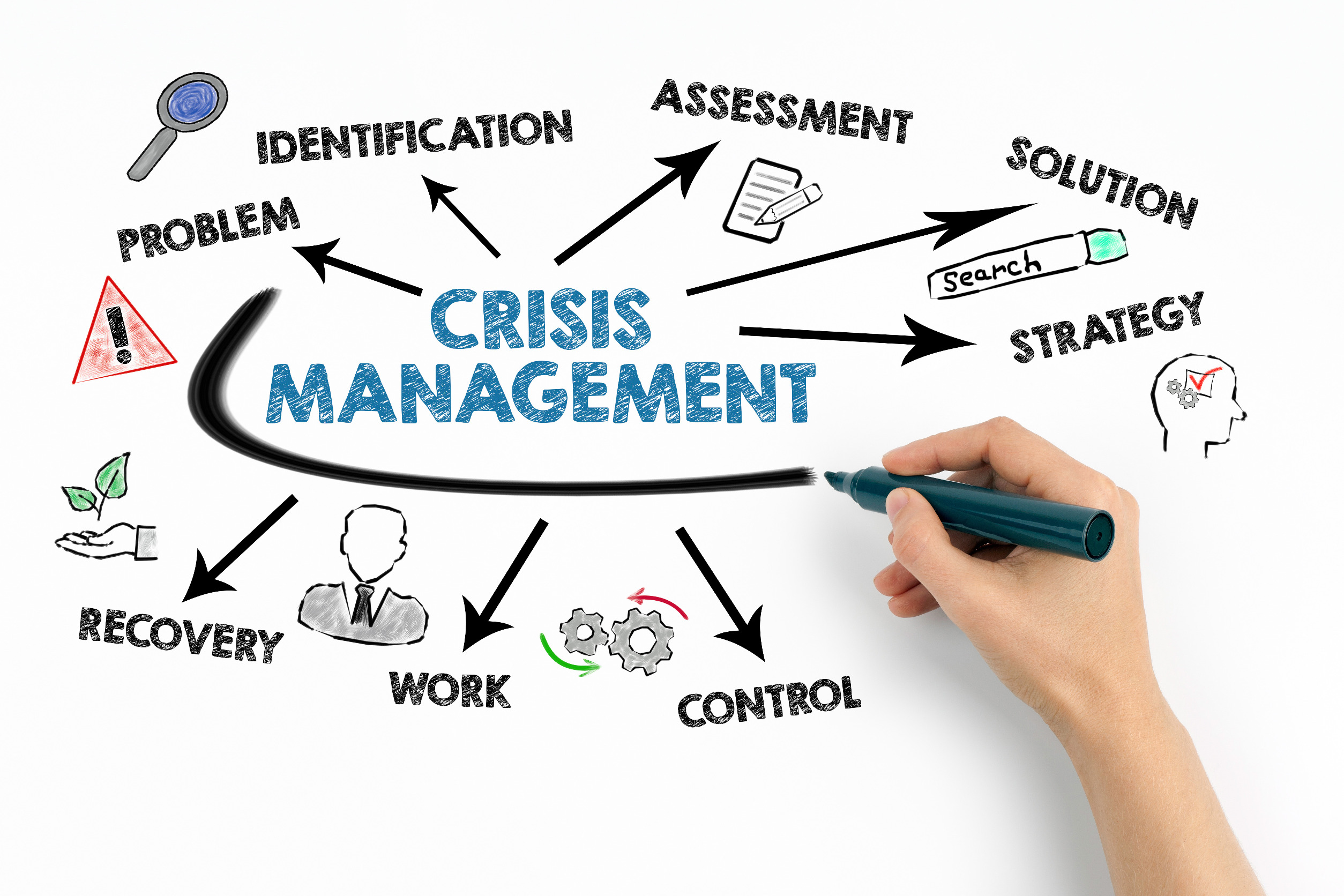If you are a change practitioner, transformation is a word that most likely permeates more and more of your conversations, more and more of your assignments, and more and more of your uncertainty about “what is next.” On a regular basis you are hearing things like, “we are transforming the organization;” “this is a transformational strategy,” and “we need to succeed at transformational change.” But what is transformation? How does it occur? What are some of the risks that it faces? And, what benefits does it deliver? How does transformation affect the role you play as a change practitioner, and what can you do to help contribute to the success of transformations you are charged with supporting?
In the Handbook of Personal and Organizational Transformation (Springer International Publishing, 2018), editor Judi Neal and more than 60 authors answer these and other questions for us. In her preface, Neal writes, “There are three unique contributions of this Handbook of Personal and Organizational Transformation:
- Integrating theories and practices from all levels of analysis, from interpersonal to organizational to global.
- Encompassing theories and practices from multiple disciplines including psychology, sociology, health and well-being, ecology, neuroscience, consciousness studies, and the arts.
- Featuring authors who are passionate about creating positive change in the world who are willing to take risks and break new ground.”
There is no doubt that a work of this nature and scope will offer a significant amount of theoretical content, as it should. Theory provides a grounding for understanding and advancing “what works,” the practical side of transformation. In this context, various authors explore such diverse topics as the role of energy healing in transformation, the use of music in transformation, and even cultivation of a global mindset for global transformation.
At the heart of all transformation, Neal explains, is the person. With this in mind, numerous authors focus on personal transformation. Among the lenses at play here are neurobiology, self-awareness, self-knowledge, and character and presence. Several articles address the transformation of leaders as well as transformational leadership. Here you will find numerous insights to inform ways in which you can enhance your support of the leaders you serve.
Many Change Management Review readers find themselves engaged in organizational transformation. In this vein, the Handbook’s chapters range from “Creating a Flow Organization to Lead into the Future” to “Enabling Innovation with Human Values: A Recipe for Transformation,” to “Improvisation and Transformation: Yes to the Mess.” Finally, the handbook addresses global transformation, management education transformation, and case studies, including “Bringing Mindfulness and Joy to Work: Action Research on Organizational Change.”
If you feel that you’re solidly steeped in the art and science of change management, the Handbook of Personal and Organizational Transformation provides a rare opportunity to broaden your perspective, sharpen your science, and further access your art. It is currently available in print, as well as electronically. (It should be noted that the electronic version has additional chapters that have been published since the print edition was released.)

























